Plastic tiled bathtub/shower - can I retile?
sabernar
11 years ago
Related Stories

GARDENING AND LANDSCAPINGChoosing a Deck: Plastic or Wood?
Get the pros and cons of wood, plastic, composite and more decking materials, plus a basic price comparison
Full Story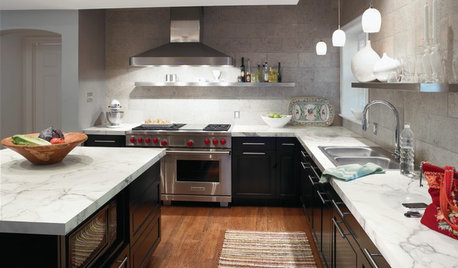
KITCHEN COUNTERTOPSKitchen Counters: Plastic Laminate Offers Options Aplenty
Whatever color or pattern your heart desires, this popular countertop material probably comes in it
Full Story
BATHROOM TILEQuick Fix: Repair Cracked Bathroom Grout
Banish an eyesore and safeguard your bathroom from water damage in 30 minutes or less with this DIY repair
Full Story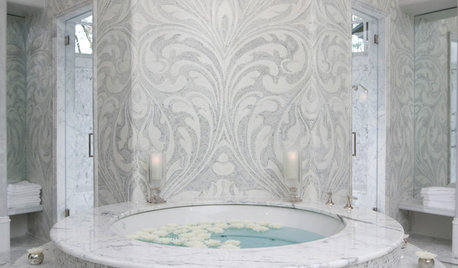
BATHROOM DESIGNPolish Your Bathroom's Look With Wrapped Tile
Corner the market on compliments for your bathroom renovation by paying attention to where the walls meet and the edges round
Full Story
LIFEThe Polite House: How Can I Kindly Get Party Guests to Use Coasters?
Here’s how to handle the age-old entertaining conundrum to protect your furniture — and friendships
Full Story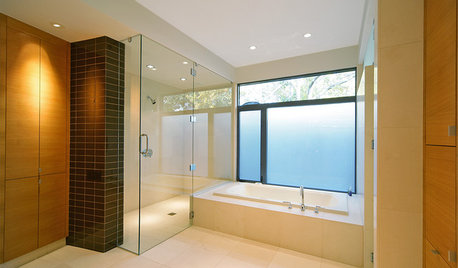
BATHROOM DESIGNHow to Choose Tile for a Bathtub
Creating a safe, stylish and useful bathtub with tile is all in the details. Here's how to get them right
Full Story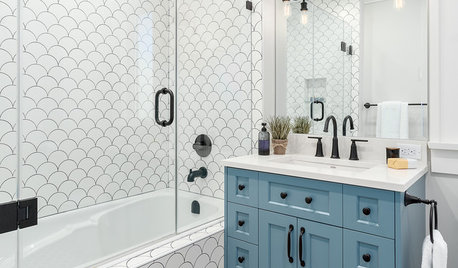
BATHROOM DESIGNShower Curtain or Shower Door?
Find out which option is the ideal partner for your shower-bath combo
Full Story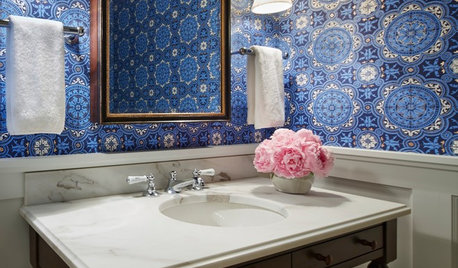
BATHROOM DESIGNYes, You Can Go Bold With Wallpaper in a Powder Room
The smallest room in the house can make the biggest design impact. Here are 10 of our favorite papered powder rooms
Full Story
BATHROOM DESIGNConvert Your Tub Space Into a Shower — the Tiling and Grouting Phase
Step 3 in swapping your tub for a sleek new shower: Pick the right tile and test it out, then choose your grout color and type
Full Story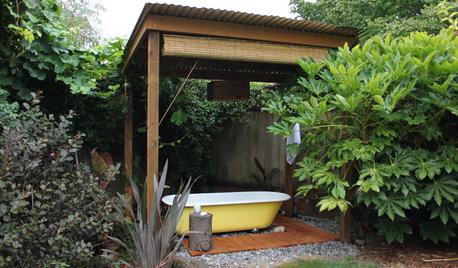
GARDENING AND LANDSCAPINGWhy Is There a Bathtub in the Backyard?
Nope, it's not waiting for bulk trash pickup. These days outdoor tubs are serving soakers, beer drinkers and even the fishes
Full Story







dilettante_gw
MongoCT
Related Professionals
Leicester Kitchen & Bathroom Designers · Ridgefield Kitchen & Bathroom Designers · Biloxi Kitchen & Bathroom Remodelers · Broadlands Kitchen & Bathroom Remodelers · Creve Coeur Kitchen & Bathroom Remodelers · Port Arthur Kitchen & Bathroom Remodelers · South Lake Tahoe Kitchen & Bathroom Remodelers · Thonotosassa Kitchen & Bathroom Remodelers · Barstow Heights Glass & Shower Door Dealers · Eagle Mountain Glass & Shower Door Dealers · Graham Cabinets & Cabinetry · Lakeside Cabinets & Cabinetry · Wyckoff Cabinets & Cabinetry · Rockford Window Treatments · West Des Moines Window Treatmentsalan_s_thefirst